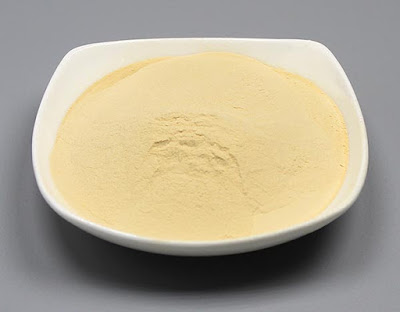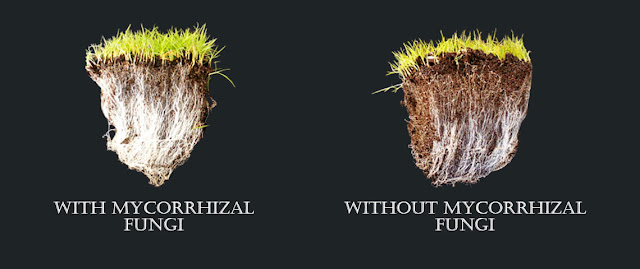Top benefits of humic acid powder fertilizer for plants

What's humic acid ? Humic acid for plants is a mixture of natural organic macromolecular compounds, which exists in all soils, plants and animals,and have been widely used in agricultural production in recent years due to their unique physiological functions. Mechanism of humic acid action Humic acids range in molecular size from 10,000 to 100,000,and combine mixtures of carbon chains and carbon rings. (In addition to carbon, they also contain oxygen, nitrogen, hydrogen, and phosphorus.) Humic acids work best in the soil, where they readily unlock nutrients and bind to them, making them available for uptake into plants. And they chelate toxic metals, preventing harmful material from entering the plant. Also,when foliar applications, humic acid increase the cell wall permeability of plants, which in turn increases the uptake of nutrients. Benefits of using Humic acid for plants Improved soil structure, prevents high water and nutrient lo


